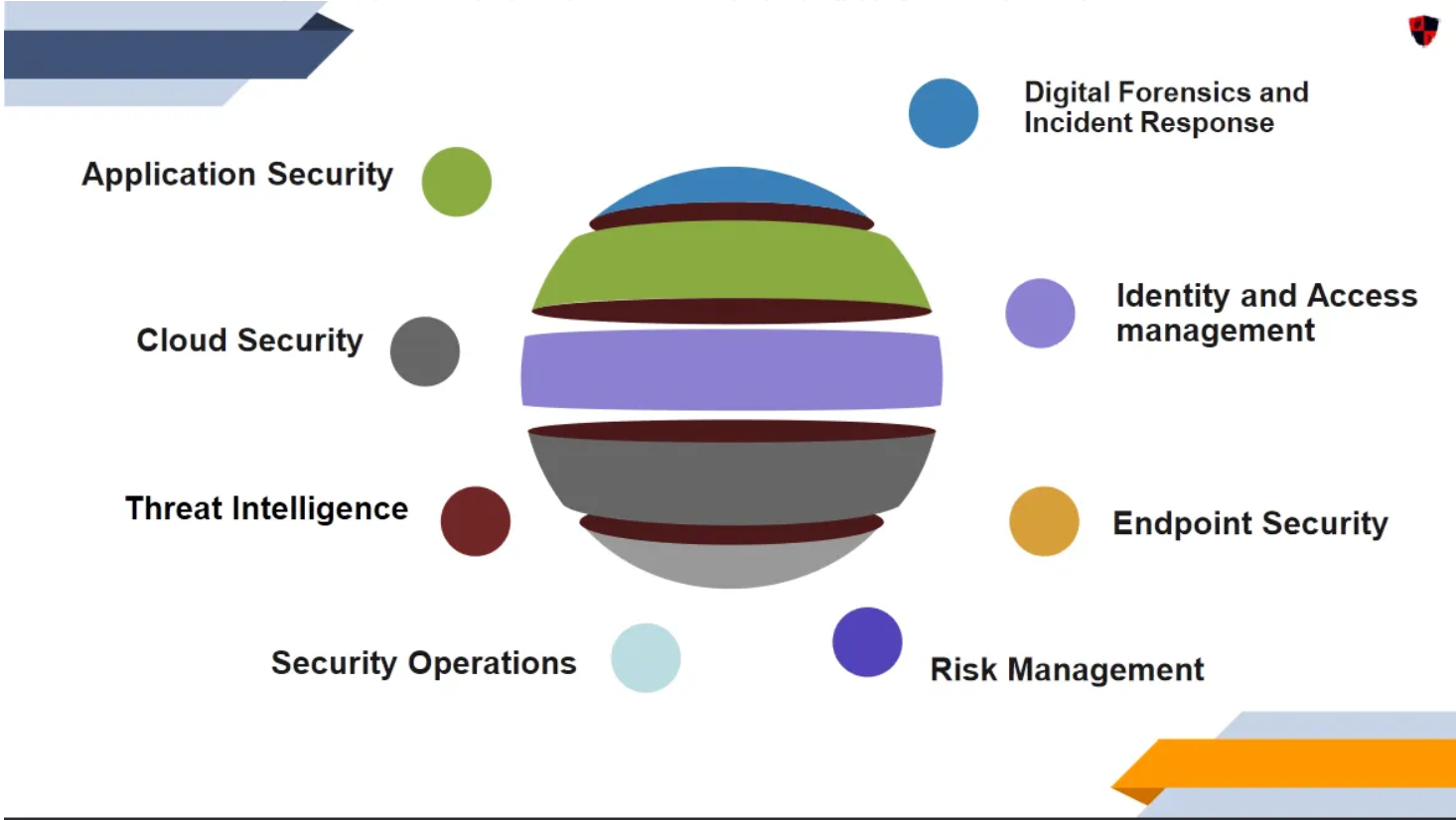
In today’s digital age, cybersecurity plays a crucial role in protecting sensitive information and ensuring the integrity of online systems. As the demand for skilled cybersecurity professionals continues to rise, it becomes increasingly important to specialize in specific fields to develop expertise. In this article, we will explore the significance of choosing one field and mastering it within the broader realm of cybersecurity. Specifically, we will delve into web application penetration testing, and its importance, and provide a roadmap for beginners looking to embark on a career in this field.
Understanding Cybersecurity
Cybersecurity refers to the practice of safeguarding computer systems, networks, and data from unauthorized access, breaches, and attacks. It encompasses a wide range of technologies, processes, and practices designed to protect digital assets from various threats, including hackers, malware, and social engineering.
The Need for Cybersecurity:
In today’s interconnected world, the need for cybersecurity has become paramount. With increasing reliance on digital technologies, the risks associated with cyber threats have also multiplied. Cybersecurity measures are essential for protecting sensitive personal information, financial data, intellectual property, and critical infrastructure. Additionally, organizations must comply with legal and regulatory requirements, making cybersecurity a crucial component of their operations.
The Web Application Penetration Testing:
While it’s important to specialize in specific fields within cybersecurity, focusing on web application penetration testing is a great way to kickstart your career in pentesting. Compared to other domains, web pentesting is often considered more accessible for beginners due to the abundance of resources, tools, and vulnerable applications available for practice. Mastering web pentesting allows you to develop a solid foundation in understanding common web vulnerabilities, testing methodologies, and secure coding practices. This expertise can then serve as a stepping stone for exploring and mastering other domains within the exciting field of penetration testing.
Roadmap
Embarking on a career in penetration testing can be an exciting and challenging journey. To help you navigate this path, having a clear roadmap is essential. In this section, we will outline a simple yet effective roadmap that can guide you as you progress through your penetration testing career. Whether you are a beginner or looking to enhance your skills, this roadmap provides a structured approach to gaining knowledge, acquiring practical experience, and advancing your expertise in the field of penetration testing. Let’s dive in and explore the key milestones on this roadmap to becoming a proficient penetration tester.

Here, I am assuming you know How to operate a computer and you understand computer basics like Booting, file system, Bios, Installing OS, etc.
1. Networking Fundamentals:
Study the TCP/IP protocol suite, which is the foundation of modern networking.
Understand how data is encapsulated in packets and transmitted across networks.
Learn about network addressing, subnetting, and the Domain Name System (DNS).
Explore network protocols such as HTTP, FTP, SSH, and SMTP.
2. Operating Systems:
Gain a solid understanding of popular operating systems like Windows and Linux.
Learn about file systems, processes, and user management.
Study security features and mechanisms like access control, and permissions.
Familiarize yourself with command-line interfaces and basic shell scripting.
3. Web Technologies:
Start with HTML (Hypertext Markup Language) to learn the structure of web pages.
Learn some CSS (Cascading Style Sheets) to control the visual presentation of web content.
Learn JavaScript to understand client-side scripting and web interactions.
Explore web server technologies like Apache HTTP Server or Nginx.
Understand the working and Architecture of web applications including the Client-server model, Database structure.
4. Web Application Security Fundamentals:
Familiarize yourself with the OWASP (Open Web Application Security Project) Top Ten list, which covers common web application vulnerabilities.
Understand each of them in depth.
Understand authentication mechanisms, session management, and secure password storage.
Learn about web application security controls like input validation, output encoding, and access controls.
5. Web Application Penetration Testing:
Dive into manual testing techniques, including information gathering, reconnaissance, and vulnerability identification.
Learn about various penetration testing methodologies like OWASP’s Testing Guide.
Practice exploiting common web application vulnerabilities.
6. Web Application Scanning Tools:
Familiarize yourself with automated scanning tools like Burp Suite, OWASP ZAP NMAP, Nessus, Nikto, and Acunetix.
Learn how to configure and use these tools to perform scans for common vulnerabilities and misconfigurations.
7.Continuous Learning and Practical Experience:
Stay updated with the latest security trends, vulnerabilities, and attack techniques by following security blogs, and news.
Participate in Capture the Flag (CTF) challenges and platforms to apply your skills in real-world scenarios.
Participate in Bug bounty programs to discover and responsibly disclose vulnerabilities in web applications.
If you like this, do not forget to share it with your loved ones who are in need of this. Thank you 🙂.